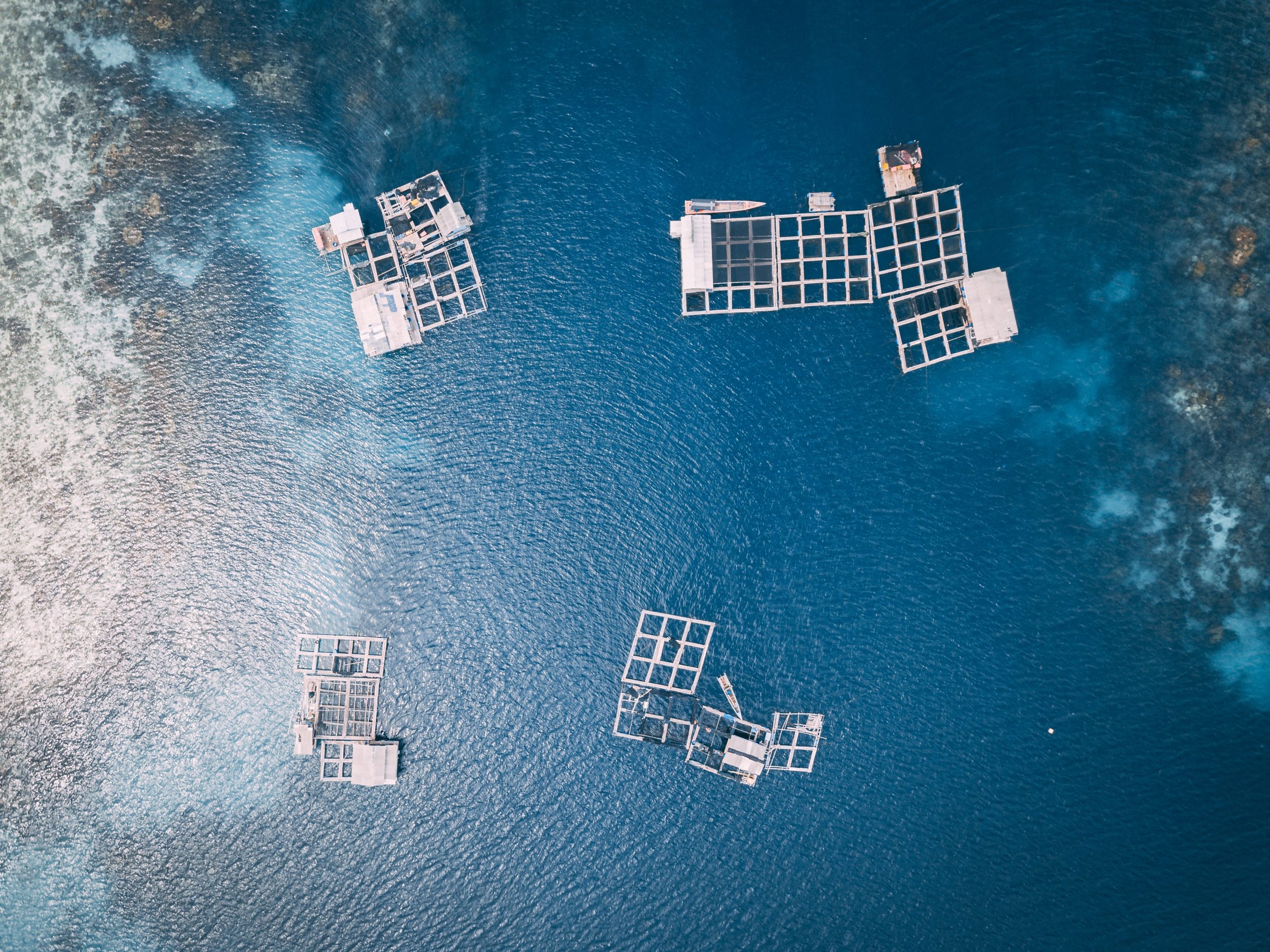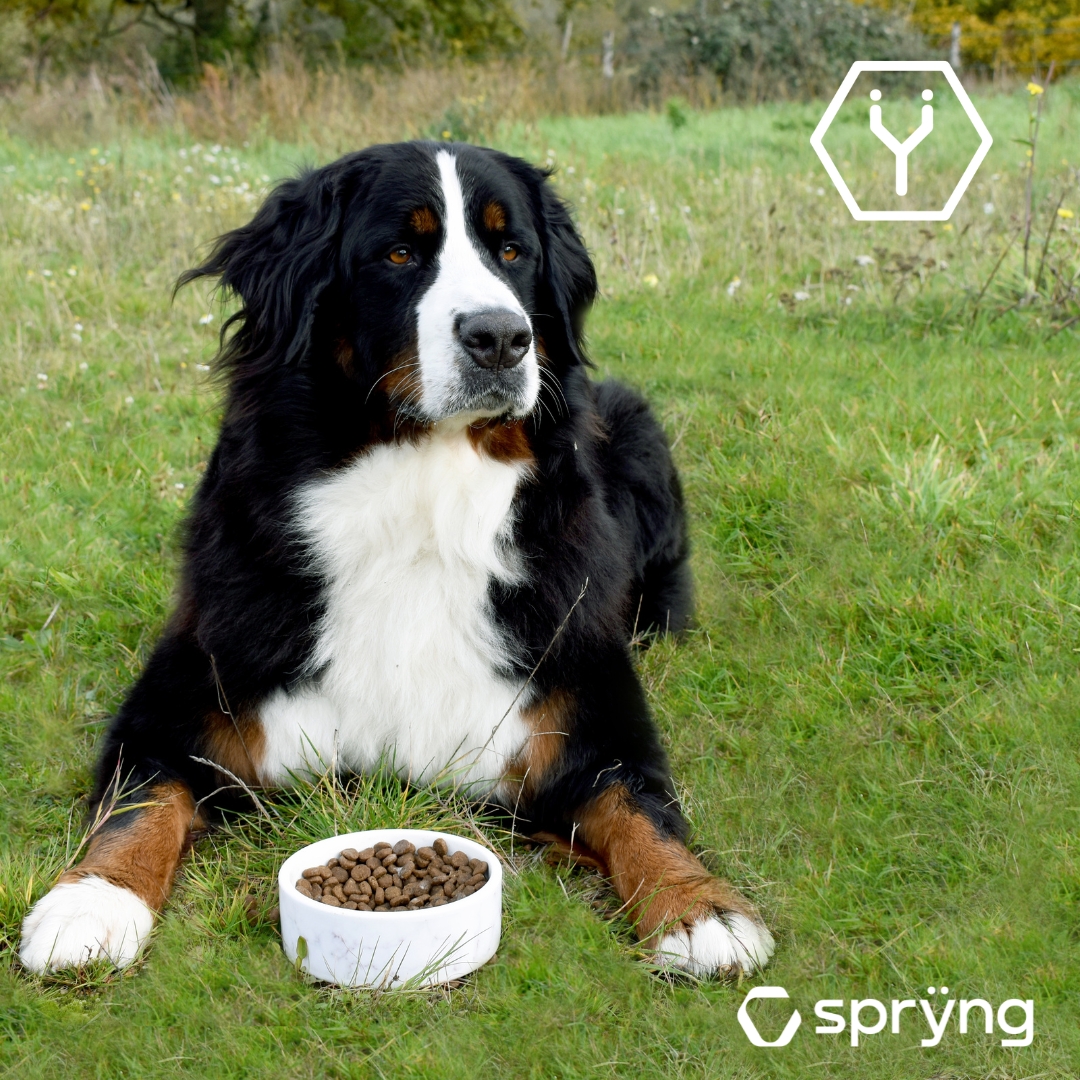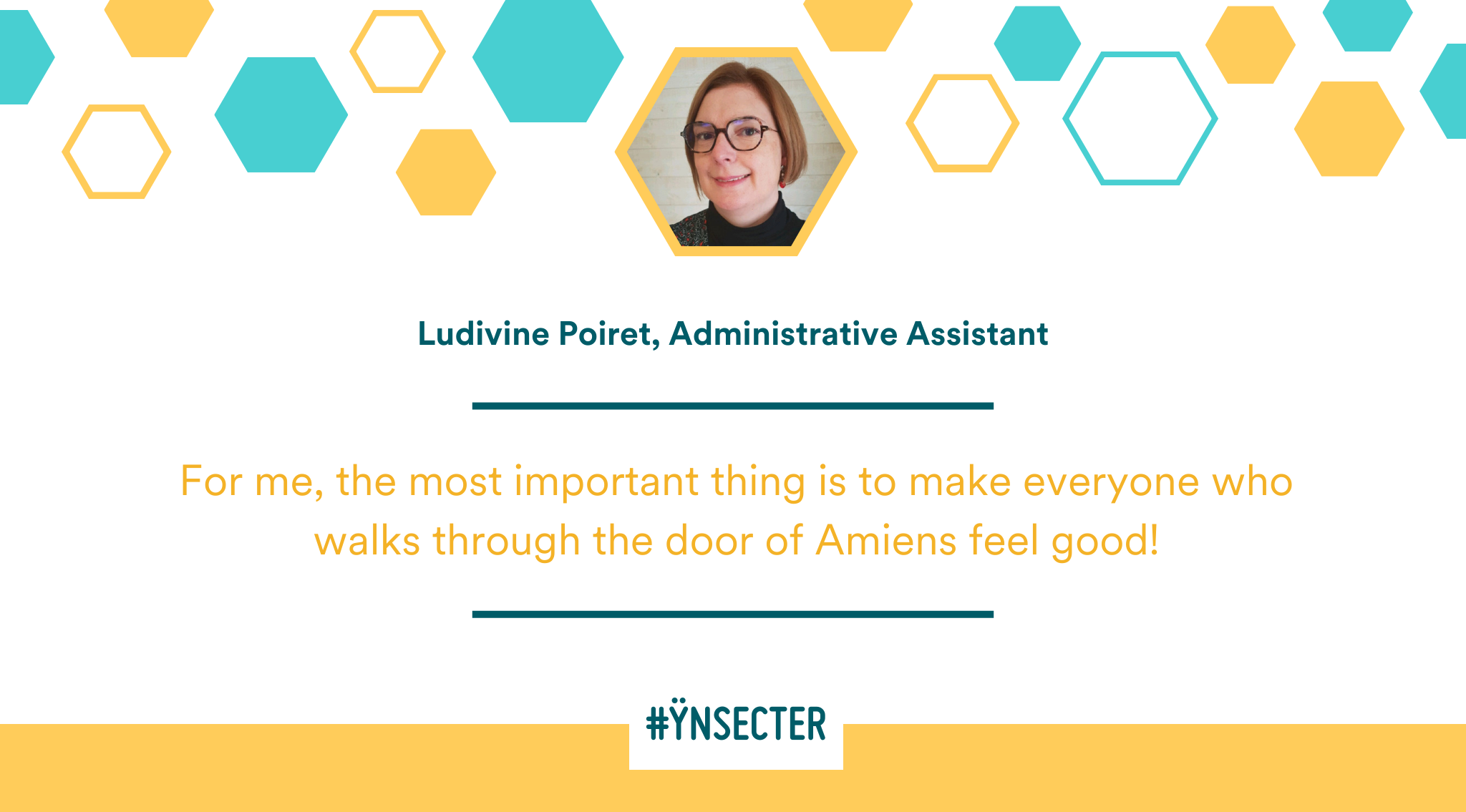Aquaculture — the farming of fish for human consumption — has an important role to play in ensuring food security in regions and countries with limited access to seafood [1]. It is a sector that is growing extremely fast, with projections indicating that the market will be worth over $245 billion by 2027, up from $9 billion in 2020 [2]. With such rapid growth, it is particularly important to develop and maintain sustainable practices. One particular challenge associated with sustainable aquaculture concerns aquafeed — the choice of diet on which the fish are raised.
Aquafeed contains fishmeal
A complete diet for farmed fish includes protein, lipids, carbohydrates, ash, phosphorus, water, and trace amounts of vitamins and minerals. Of these, the most expensive component is the protein, which can represent up to 50% of the diet for marine finfish such as trout and salmon [3] — even more during the early growth stage from juvenile to adult. Historically, this protein has come from fishmeal — the dried and ground flesh of other fish, or other types of marine fauna. Often, the source species for fishmeal are “bycatch” — species caught accidentally, as a by-product of commercial fishing. The fact that this bycatch can be sold for profit has environmental implications: it has led to overfishing, which in turn has led to the depletion of ecosystems and the collapse of fisheries. Consequently, fishmeal is reaching a plateau of availability, and its price has increased by more than 400% over 20 years [8].
Plant meal as an alternative to fishmeal?
Therefore, there are compelling reasons, both environmental and economic, to find a suitable alternative to the use of fishmeal as a protein source. The use of protein meal from plant crops, such as soybeans, wheat, corn, and rice, seems worth exploring, because plant production is on the increase — for example, production of soybean meal alone outstrips production of fishmeal by a factor of twenty [9]. However, the use of plant meals in fish feed is not entirely satisfactory: their protein content is relatively low, and quite variable; they contain some compounds, such as non-soluble carbohydrates, that are unpalatable to the fish; and their fatty acid profile is inappropriate, with some essential amino acids missing [9].
Insect meal as a better alternative: for fish, people, and planet
A more promising alternative has emerged more recently: insect meal. Insects form part of the natural diet of most fish, so meals made from ground insects tend to avoid many of the pitfalls associated with plant meals. Notably, insects are rich in protein, and display balanced amino acid profiles, as well as containing almost all essential vitamins and minerals. Indeed, insects are considered a promising alternative food source not only for use in animal feed, but also for human consumption, with the result that insect farming is a rapidly growing sector. It is proving to be an extremely sustainable farming practice, associated with low GHG production, and is practically circular. Insects can be fed on recycled organic waste, such as cereal side streams and expired fruit and veg; they convert this quickly and efficiently to their own biomass, which is rich in protein (e.g. insect meal made from mealworms contains 53% crude protein, which increases to more than 70% when the meal is defatted [10]). The larvae can become food for both animals (including fish food) and humans. Even the waste they produce (“frass”) can be used as an organic fertiliser [4].
Replacing fishmeal with insect meal improves growth of fish
Already, since 2017, seven species of insect have been approved by the EU as ingredients in aquafeed — two flies, two mealworms, and three crickets — and numerous studies have been carried out to investigate whether replacing the fishmeal portion of aquafeed with insect meal, either completely or partially, has any negative repercussions for the fish. There is plenty of good news: firstly, aquafeed containing insect meal appears to be palatable for salmon and trout, with no reduction in digestibility observed for almost all feed components [6],[7],[11]. (The one exception is crude protein, which is less digestible by rainbow trout; this is possibly due to the presence of chitin in the insect meal, as rainbow trout do not contain the enzyme to digest this.)
Nevertheless, growth performance is not negatively affected at all, even when all of the fishmeal is replaced with insect meal [6]. On the contrary, growth performance is often better when insect meal is incorporated into the diet: one study using juvenile rainbow trout found that the greater the proportion of mealworm meal in the diet, the greater the weight gain — up to a 30% increase, when fishmeal was completely replaced with insect meal [11]. Other studies in adult trout and salmon showed that equivalent weight gain can be achieved with greater efficiency, i.e. using less feed [5],[6].
A diet including insect meal produces healthy, tasty fish
So the fish grow faster — but do they grow into healthy fish? Happily, it appears that the answer is yes, so long as the insect meal is defatted and supplemented with essential amino acids (e.g. methionine for trout and salmon). Rainbow trout and Atlantic salmon, raised on diets in which fishmeal is completely replaced by insect meal, show healthy livers and normal lipid profiles, with the same high omega-3 content as those of fish raised on fishmeal [6],[7]. Furthermore, there is no negative effect on microbiota: both skin and gut of rainbow trout fed with insects maintain a healthy richness and diversity of protective bacterial species [12]. And healthy fish are tasty fish: in a study on Atlantic salmon, a team of ten sensory assessors detected no difference in the flavour of fillets from insect-fed salmon [6].
Overall, it would appear that there are no obstacles to the use of insect meals in aquafeed. On the contrary, they offer an ecologically sound solution to the challenge of keeping farmed fish well-fed.
References
[1] https://www.fao.org/documents/card/en/c/ca9229en/
[3] https://fisheries.tamu.edu/files/2019/01/FST-269.pdf
[5] Beforti et al. (2015). Italian Journal of Animal Science 14:4170.
[6] Belghit et al. (2019). Aquaculture 503: 609–19.
[7] Chemello et al. (2020). Animals 10: 229.
[8] Hardy & Tacon (2002). Responsible marine aquaculture.
[9] Hardy (2010). Aquaculture Research 41:770.
[10] Motte et al. (2019) Animals 9: 258.
[11] Rema et al. (2019). Animals 9: 187.
[12] Terova et al. (2021). Journal of Animal Science and Biotechnology 12:30.





